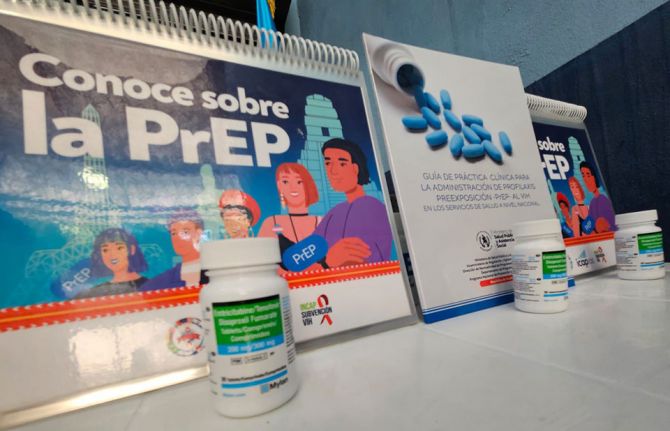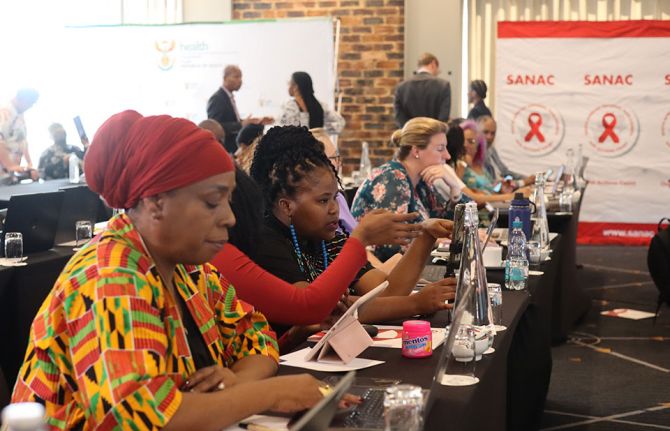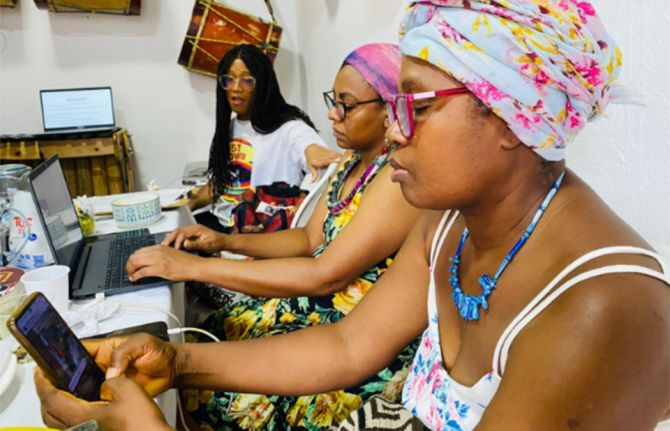
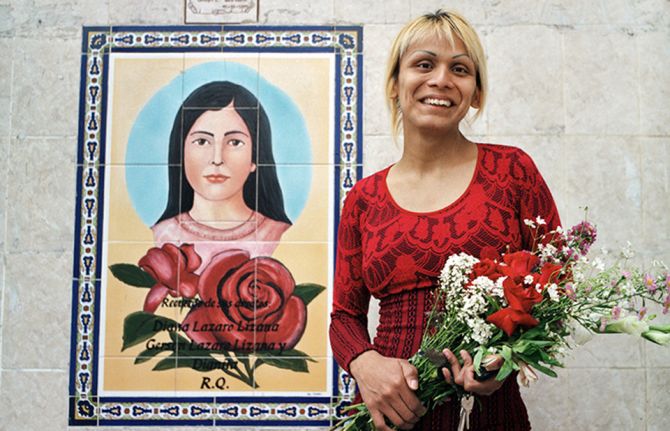
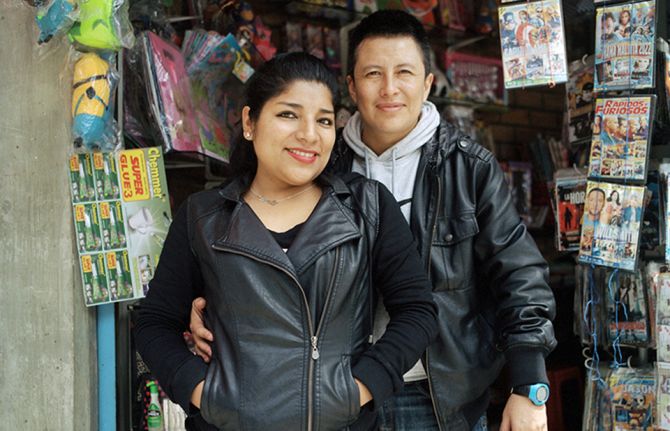

Update
Preventing HIV among transgender women in Lima
24 November 2016
24 November 2016 24 November 2016Transgender women face significant barriers that limit their access to health services and/or increase their vulnerability to HIV: stigma and discrimination, gender-based violence and gender inequities. As a result, the percentage of transgender women reached with HIV prevention and treatment services is very low.
To address the HIV prevention gap for transgender people, the Peruvian Ministry of Health organized a national consultation on combination HIV prevention in 2014 in partnership with Cayetano Heredia University and UNAIDS. This consultation opened a dialogue between stakeholders and community leaders on the future of HIV prevention in Peru. During the consultation, the Ministry of Health expressed its commitment to improve HIV combination prevention programming for transgender women. In 2015, it launched a targeted strategic plan for prevention and comprehensive care for HIV and other sexually transmitted infections (STIs) for transgender women .
The plan addresses the leading causes of the HIV epidemic among transgender women in Peru, including their poor socioeconomic conditions, their difficult living and working environments and the low accessibility of health services. In the plan, consideration is given to identifying effective strategies to respond to specific legal and human rights challenges, stigma and violence. The development of the plan was the result of a decade-long process of evidence generation, policy dialogue and capacity-building with the transgender community.
The plan is being translated into practice. Activities already implemented include special trainings of health personnel at STI treatment centres and community peer educators in how to address the HIV needs of transgender people, the provision of prevention services, including condoms and lubricants, HIV testing and linkage to health services for antiretroviral therapy and awareness-raising of local law enforcement personnel on the respect of human rights and prevention of gender-based violence for the transgender community.
Mao, a transgender women activist and peer educator of the Ministry of Health, said, “The focused plan is bringing services closer to the community. Some transgender women who could not go to the sexually transmitted infection treatment centres are now asking for condoms and testing, for information and for comprehensive health services. We are proud of being part of this initiative.”
The next phase of the transgender health plan will include an increase in the number of decentralized prevention and treatment service sites and a demonstration study on pre-exposure prophylaxis. The plan will be incorporated into and aligned with the national HIV programme.

